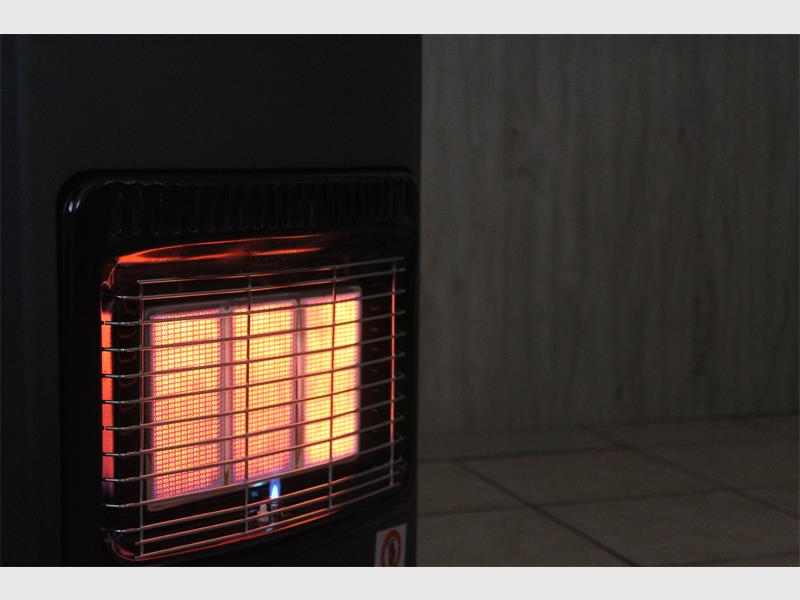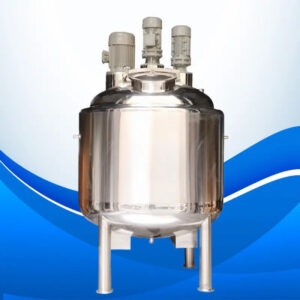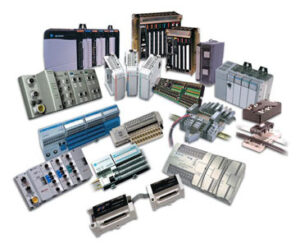How to Maintain Your Superser Gas Heater for Long-Lasting Performance
A Superser gas heater is a reliable and efficient way to keep your home warm, especially during cold seasons. However,...

A Superser gas heater is a reliable and efficient way to keep your home warm, especially during cold seasons. However, like any other heating appliance, proper maintenance is essential to ensure safety, efficiency, and longevity. Neglecting maintenance can lead to poor performance, higher energy consumption, and even safety risks such as gas leaks or carbon monoxide buildup.
In this guide, we will walk you through the essential maintenance tips for keeping your Superser gas heater in top condition for years to come.
Why Maintenance is Important for Your Superser Gas Heater
Regular maintenance of your Superser gas heater offers several benefits, including:
✔️ Increased Lifespan – Proper care prevents premature wear and tear.
✔️ Improved Efficiency – A well-maintained heater consumes less gas while providing optimal warmth.
✔️ Safety Assurance – Reduces the risks of gas leaks and carbon monoxide poisoning.
✔️ Cost Savings – Prevents expensive repairs or replacements by addressing minor issues early.
Now, let’s dive into the best maintenance practices for your heater.
1. Read the Manufacturer’s Manual
Before performing any maintenance, always refer to the manufacturer’s manual. It provides specific instructions on cleaning, replacing parts, and troubleshooting common problems. Each heater model may have unique maintenance requirements, so following these guidelines ensures you don’t accidentally damage any components.
2. Regularly Inspect for Gas Leaks
Gas leaks are a serious hazard, so it’s crucial to check your heater for leaks periodically. Here’s how:
✅ Smell Test – If you detect a strong gas odor near your heater, turn it off immediately and ventilate the area.
✅ Soapy Water Test – Mix soap with water and apply it to the gas connections. If you see bubbles forming, it indicates a leak.
✅ Listen for Hissing Sounds – A faint hissing noise could signal a leak in the gas connection.
👉 What to do if you find a leak?
- Turn off the heater and the gas supply.
- Do not ignite flames or turn on electrical appliances near the heater.
- Contact a qualified technician to inspect and fix the issue.
3. Clean the Burner and Pilot Light Regularly
The burner and pilot light are crucial for efficient heating. Dirt and dust buildup can cause poor combustion, weak flames, or difficulty igniting the heater.
How to Clean the Burner and Pilot Light:
🟢 Turn off the heater and let it cool completely.
🟢 Use a soft brush or compressed air to remove dirt from the burner ports.
🟢 Clean the pilot light nozzle with a fine needle to clear any blockages.
🟢 Reassemble and test the heater to ensure it ignites smoothly.
⚠️ Tip: If the flame appears yellow or weak instead of blue, it may indicate dirt buildup or improper gas flow. Clean it thoroughly or seek professional servicing.
4. Keep the Heater’s Exterior and Vents Clean
Dust and debris can accumulate on the exterior, vents, and air intake areas, reducing airflow and efficiency.
Cleaning Steps:
🔹 Wipe down the heater’s exterior with a damp cloth to remove dust.
🔹 Use a vacuum with a brush attachment to clean the vents and grills.
🔹 Ensure there are no obstructions blocking the airflow.
💡 Pro Tip: Regularly vacuum the area around the heater to prevent dust from getting inside.
5. Check and Replace the Gas Regulator and Hose
The gas regulator and hose are responsible for controlling the gas supply to your heater. Over time, they can wear out or develop cracks, leading to gas leaks.
Inspection Tips:
✔️ Look for cracks, stiffness, or discoloration in the hose.
✔️ Ensure the regulator is securely attached and not damaged.
✔️ Replace the hose and regulator every 2-3 years (or as recommended by the manufacturer).
🔧 How to Replace the Hose and Regulator:
1️⃣ Turn off the gas supply.
2️⃣ Remove the old hose and regulator.
3️⃣ Install the new ones securely, ensuring a tight connection.
4️⃣ Perform a leak test before using the heater.
6. Ensure Proper Ventilation
Superser gas heaters burn fuel to produce heat, which means they also release combustion gases. Without proper ventilation, carbon monoxide (CO) can build up, posing a serious health risk.
Ventilation Tips:
✅ Place the heater in a well-ventilated area (not in completely enclosed rooms).
✅ Open a window slightly while using the heater to allow fresh air circulation.
✅ Install a carbon monoxide detector to alert you of dangerous gas buildup.
🚨 Warning: If you experience symptoms like dizziness, headaches, or nausea while using the heater, turn it off immediately and seek fresh air.
7. Store Your Heater Properly During Off-Seasons
If you won’t be using your Superser gas heater for an extended period, proper storage is essential to prevent damage.
📌 Storage Steps:
🔹 Turn off the gas supply and disconnect the hose.
🔹 Clean the heater thoroughly to remove dust and dirt.
🔹 Store it in a dry, cool place, away from moisture and direct sunlight.
🔹 Cover it with a protective cloth to prevent dust accumulation.
🔄 Before using it again: Inspect for leaks, clean the components, and test the heater before full operation.
8. Schedule Professional Servicing Annually
Even with regular maintenance, it’s a good idea to have your Superser gas heater professionally serviced at least once a year.
👨🔧 What a technician will do:
✔️ Check and clean internal components.
✔️ Inspect gas connections and combustion efficiency.
✔️ Test for carbon monoxide emissions and ensure safety compliance.
✔️ Identify and fix potential issues before they become major problems.
🛠️ Pro Tip: If your heater is older than 5 years, servicing becomes even more crucial to maintain performance.
Common Issues and Troubleshooting Tips
Despite proper maintenance, you may encounter some common issues. Here’s how to troubleshoot them:
1. Heater Won’t Ignite
🔹 Check if the gas supply is turned on.
🔹 Ensure the pilot light is clean and not blocked.
🔹 Replace the gas hose if it’s worn out.
2. Weak or Yellow Flame
🔹 Clean the burner and pilot light nozzle.
🔹 Ensure proper ventilation to allow sufficient oxygen for combustion.
3. Unusual Gas Smell or Hissing Sounds
🔹 Turn off the heater immediately and check for leaks.
🔹 If the problem persists, contact a professional for repair.




